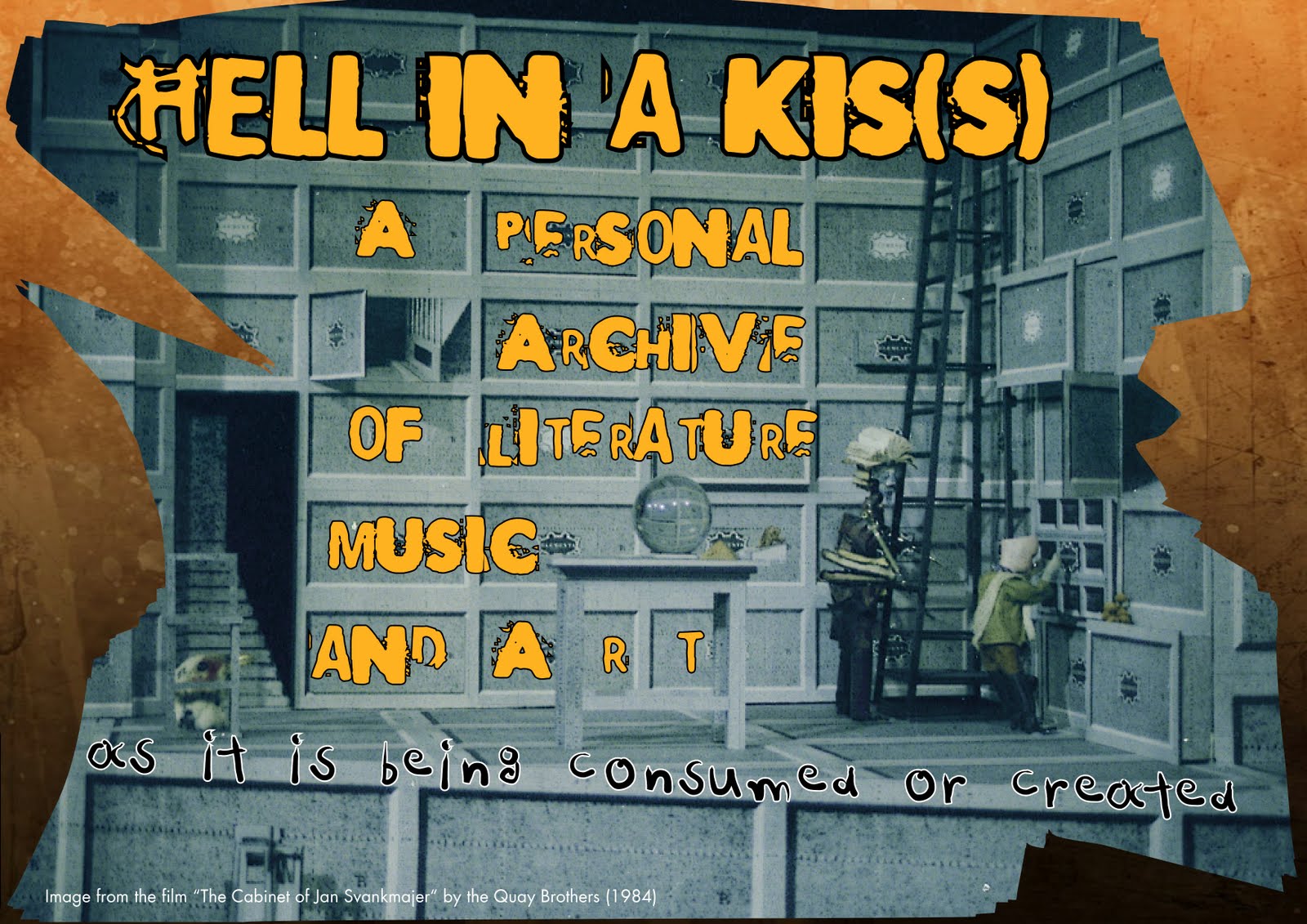It was in the mid 1890s that Eugène Atget settled in Paris and bought himself a camera. He would get up in the first light of dawn, anticipating by a few hours the invasion of the madding crowds of the awakening metropolis and the hustle and bustle of everyday traffic. His idea was to capture Paris unaware, still asleep if possible, to be able to get a clean frame with only the subject and no interference. He had decided to document the Paris of his time, a city that was rapidly changing as the 19th century was coming to an end. He would photograph the buildings and the cobbled streets, the workers, the tradesmen and the professions that slowly disappeared as the industrial revolution turned individual and manual labour into standardised and impersonal, mass produced commodity. The old shops were closing down one after the other replaced by “les grandes surfaces”. Atget decided that these “façades”, these shops, these tradesmen selling their wares and services in the street, were worth saving.
But at that hour of the day, the city of light, ironically, did not do justice to its name. To compensate for the absence of light, Atget used extended exposure times. A photograph became almost a short film. And there, when the photographs were developed, appeared the blurred ghost figures of the owners, the waiters, the customers or the odd passer-by who would move or pass through the frame as the photograph was being taken. They appear in the picture as if to reclaim their way of life, their way of making business, to defend their world as they knew it. Eugène Atget was more than pleased for that interference. Under the dark cloth, he absorbed the passing of time and his long exposure times extended the magical sepia world of this haunting, dream-like Paris into the present and beyond.







